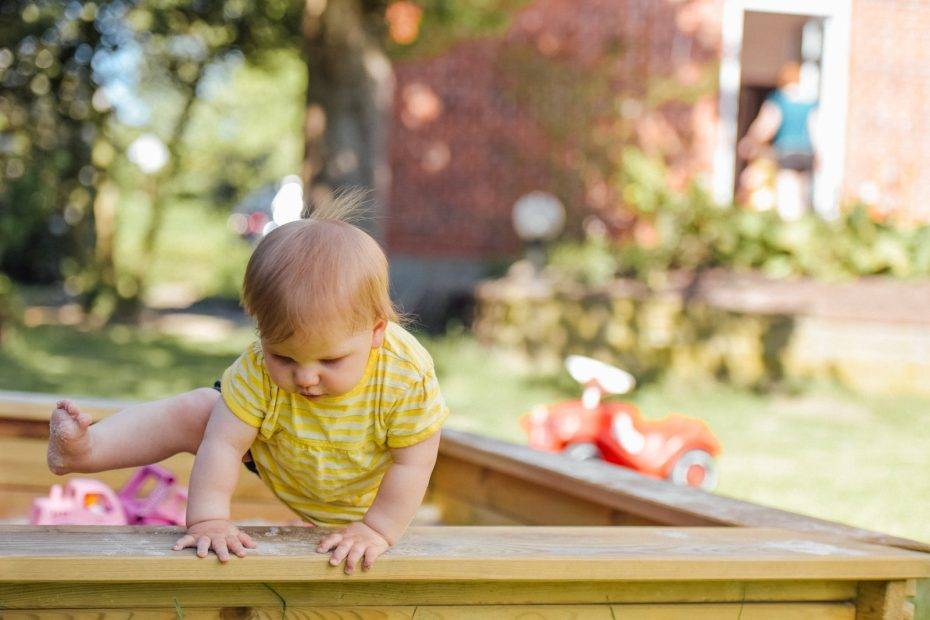Introduction:
Toddler tantrums can be challenging for both children and parents alike. These sudden bursts of intense emotions can leave parents feeling helpless and frustrated. However, it's important to remember that tantrums are a normal part of a child's development as they navigate their growing independence and limited communication skills. In this blog post, we will explore effective strategies and tips to help you handle toddler tantrums with patience, understanding, and empathy.
Stay Calm:
One of the most crucial aspects of handling toddler tantrums is for parents to remain calm. It's natural to feel overwhelmed or frustrated, but responding with anger or aggression will only escalate the situation. Take a deep breath, remind yourself that tantrums are normal, and focus on maintaining a calm demeanor.
Validate Their Feelings:
Toddlers often throw tantrums because they are struggling to express their emotions. Show empathy and let your child know that you understand how they feel. Use simple and clear language to acknowledge their emotions, such as saying, “I see that you're upset because we can't go to the park right now.” Validating their feelings helps them feel heard and understood, which can eventually reduce the intensity of the tantrum.
Offer Comfort:
Physical comfort can play a significant role in calming a toddler during a tantrum. Some children may find it helpful to be held, while others might prefer a soft touch or gentle rocking. Experiment with different comforting techniques to see what works best for your child. Offering a comforting object like a favorite stuffed toy or blanket can also provide a sense of security.
Provide a Safe Space:
Create a safe environment for your child during a tantrum. If possible, move them away from potentially dangerous objects or situations. A designated “calm-down” area in your home, such as a corner with cushions or a bean bag, can serve as a safe space for your child to retreat to when they need to regulate their emotions.
Maintain Consistency:
Establishing consistent routines and boundaries can help prevent tantrums in the first place. Toddlers thrive on predictability, so maintaining regular meal times, nap schedules, and bedtime routines can reduce the likelihood of meltdowns. Clear rules and expectations can also help toddlers understand appropriate behavior and minimize the frequency of tantrums.
Distract and Redirect:
Sometimes, toddlers throw tantrums due to frustration or boredom. Offering a distraction can redirect their attention and diffuse the situation. Engage your child in a different activity, such as reading a favorite book, playing with toys, or singing a familiar song. By shifting their focus, you can help them move on from the triggering event.
Teach Communication Skills:
Since tantrums often stem from a lack of effective communication, it's crucial to teach your toddler alternative ways to express themselves. Encourage the use of simple words or gestures to express their needs and emotions. Use positive reinforcement when your child communicates successfully, reinforcing the idea that tantrums are not the most effective way to get their point across.
Take Care of Yourself:
Dealing with toddler tantrums can be emotionally draining. Remember to prioritize self-care and seek support from your partner, family, or friends. Taking regular breaks to recharge will help you approach tantrums with a clearer mind and increased patience.
Conclusion:
Toddler tantrums are a natural part of development and can be challenging for both children and parents. By staying calm, validating their feelings, and providing comfort, you can help your child navigate these emotional outbursts. Consistency, distraction, and teaching communication skills are essential tools to prevent and manage tantrums effectively. Remember, handling tantrums requires patience and understanding, so be kind to yourself as you guide your child through this stage of growth.
